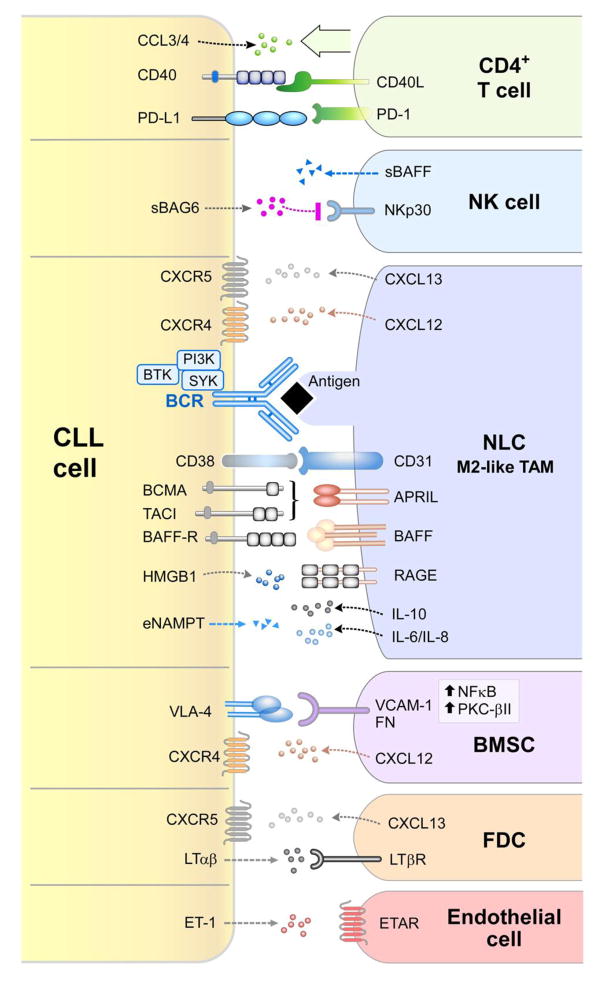Figure 1. Cellular and molecular components of the CLL microenvironment.
Contact between CLL cells and nurselike cells (NLCs) is established and maintained by chemokine receptors and adhesion molecules expressed on CLL cells and corresponding ligands on NLCs, which show phenotypic features similar to M2-like TAMs [42, 43]. BCR signaling is activated in CLL cells after co-culture with NLCs [35], possibly by direct recognition of CLL-BCR ligands expressed by NLCs [40]. Pro-survival pathways activated by the NLC-CLL interaction include the CD38-CD31 axis [15, 16] and the TNF family members APRIL and BAFF, which interact with corresponding receptors BCMA, TACI and BAFF-R [37]. Extracellular release of eNAMPT by CLL cells further promotes M2-skewing of TAMs, with associated release of tumor promoting (i.e. IL-6, IL-8) and immunosuppressive (i.e. IL-10) cytokines [44]. Differentiation of NLCs is promoted by HMGB1-RAGE) interactions [41]. NLCs attract CLL cells by secreting CXCL12 [32, 83, 87, 89] and CXCL13 chemokines [34, 66], which interact with their cognate receptors CXCR4 and CXCR5, which are expressed at high levels on CLL cells. BCR stimulation induces CCL3 and CCL4 chemokine secretion [35], which recruit T cells and monocytes to tissue microenvironments. The CD40/CD40L axis favors survival and proliferation of CLL cells [68, 101, 102], and interaction of PD-L1 ligand with PD-1, which is expressed at high levels on the surface of T cells from CLL patients, favors immune evasion of CLL cells from T-cell cytotoxicity [70, 72, 76]. Several factors contribute to reduced NK-cell cytotoxicity, including low expression of NK-cell activating receptors, such as NKp30 [79, 80], soluble BAFF release by NK cells [82], and soluble BAG6 release by CLL cells [77]. Adhesion to bone marrow stromal cells (BMSCs) is mediated by VCAM-1 or FN interaction with VLA-4 integrins [96], and chemotaxis towards BMSCs involves the CXCR4-CXCL12 axis [85]. Cross-talk between CLL cells and follicular dendritic cells (FDCs) through the CXCR5-CXCL13 and LTαβ-LTβR axis is essential for CLL positioning within lymphoid follicles and leukemia progression in vivo [66]. CLL cells additionally secrete ET-1, which interacts with ETAR receptor on endothelial cells and promotes survival and drug resistance [63].

